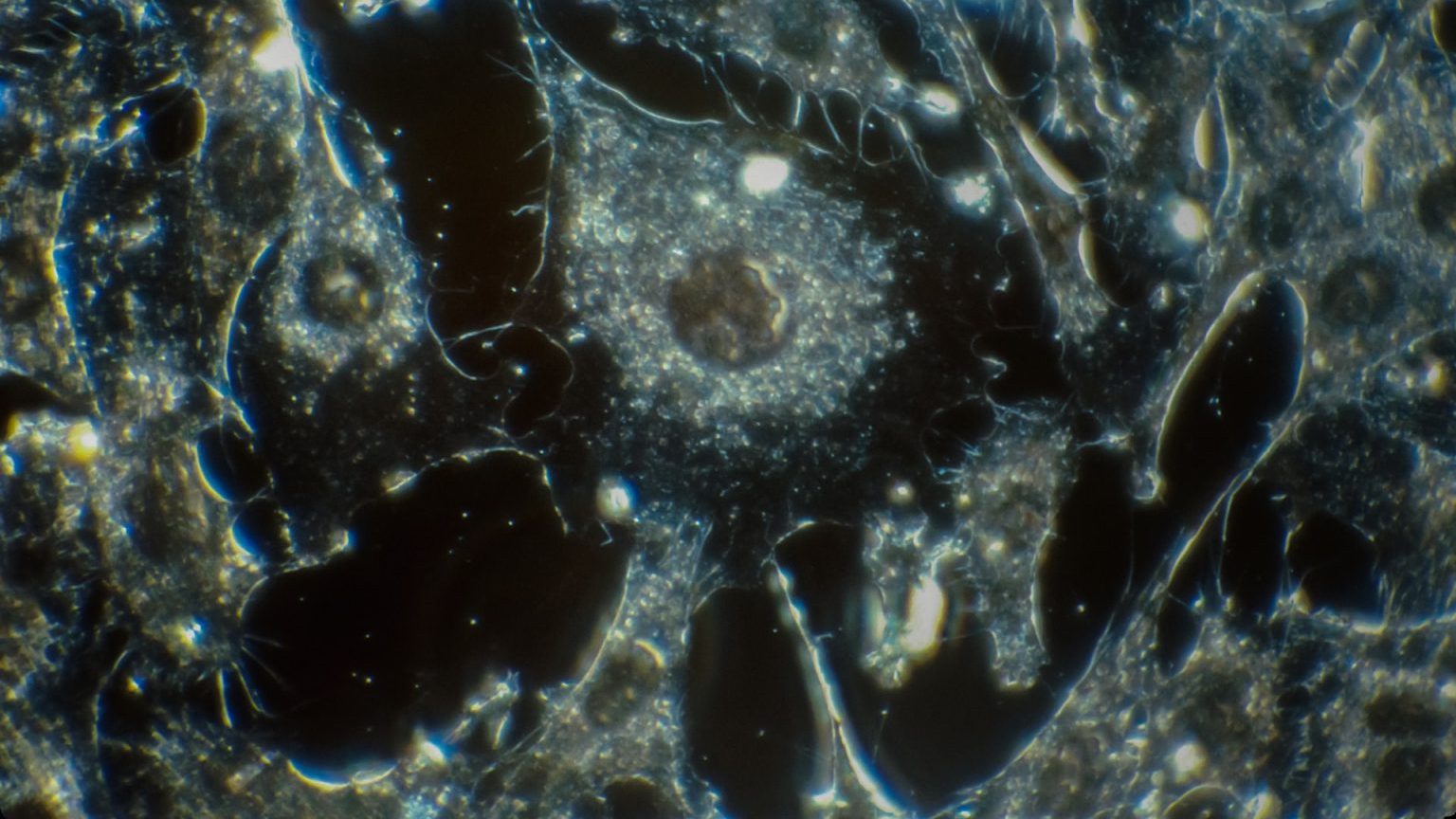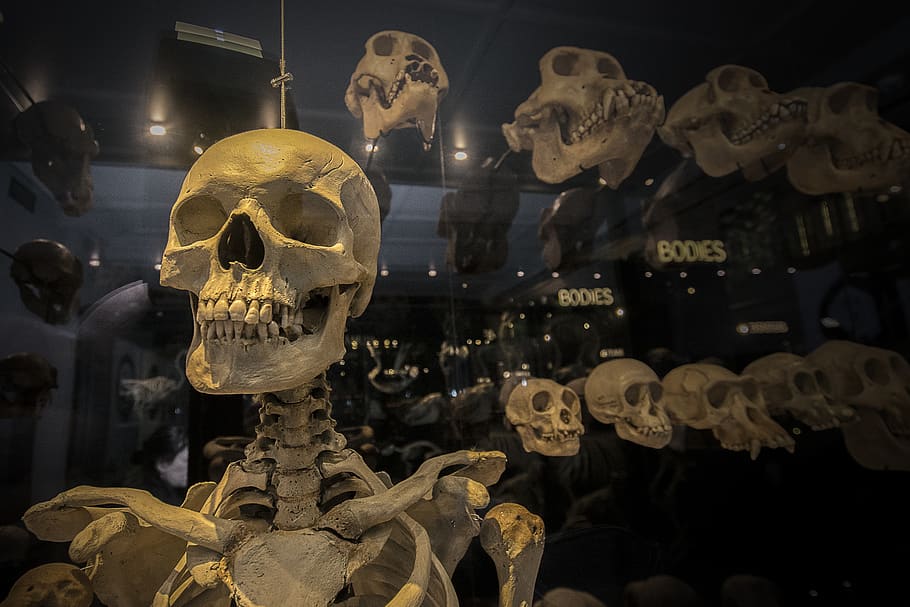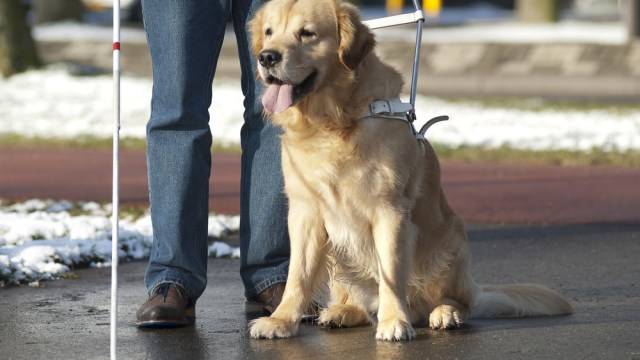Unleashing Superman’s Super-strength in Human DNA

What’s the Latest Development?
Superman’s speed, leaping abilities, and strength all boil down to having stronger muscles than is humanly possibly, at least for now… In experiments on non-human primates, biologists are working to switch off the gene that keeps muscle mass between certain boundaries. Two proteins called myostatin and activin A work to keep the size and number of your muscle cells—and thus your overall strength—within a certain range. “Since these factors work to negatively regulate muscle cell growth, removal of these factors allows muscle cells to get larger and increase in number. That’s where the ‘super-strength’ comes from!”
What’s the Big Idea?
It is clear to science that your strength is a function of the number and size of your muscle cells. And the size and number of your muscle cells is regulated by myostatin and activin A. “What if there was something that also guarded the guards? Well, it appears follistatin might fit that requirement. This means there could be a way to turn off the genetic switch that keeps muscle strength in check. Maybe.” In experiments carried out in 2009, gene insertion permanently modified the muscle properties of the monkeys and the muscle grew about 25% larger and stronger than normal.
Photo credit: Shutterstock.com
Read it at Scientific American





